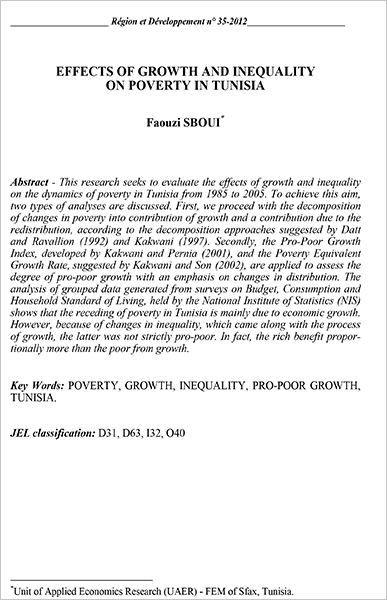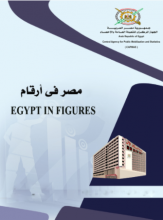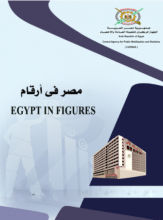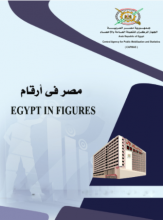Poverty
Faouzi Sboui , Région et Développement , 2012

This research seeks to evaluate the effects of growth and inequality on the dynamics of poverty in Tunisia from 1985 to 2005. To achieve this aim, two types of analyses are discussed. First, we proceed with the decomposition of changes in poverty into contribution of growth and a contribution due to the redistribution, according to the decomposition approaches suggested by Datt and Ravallion (1992) and Kakwani (1997). Secondly, the Pro-Poor Growth Index, developed by Kakwani and Pernia (2001), and the Poverty Equivalent Growth Rate, suggested by Kakwani and Son (2002), are applied to assess the degree of pro-poor growth with an emphasis on changes in distribution.
View PDF
Related Topics
-
Egypt in Figures - Population 2022
2022"Egypt in Figures" is a booklet issued each year by the Central Agency for Public Mobilization and Statistics (CAPMAS). It contains the most...Read More -
Egypt in Figures - Education 2022
2022"Egypt in Figures" is a booklet issued each year by the Central Agency for Public Mobilization and Statistics (CAPMAS). It contains the most...Read More -
Egypt in Figures - Economy 2022
2022"Egypt in Figures" is a booklet issued each year by the Central Agency for Public Mobilization and Statistics (CAPMAS). It contains the most...Read More


